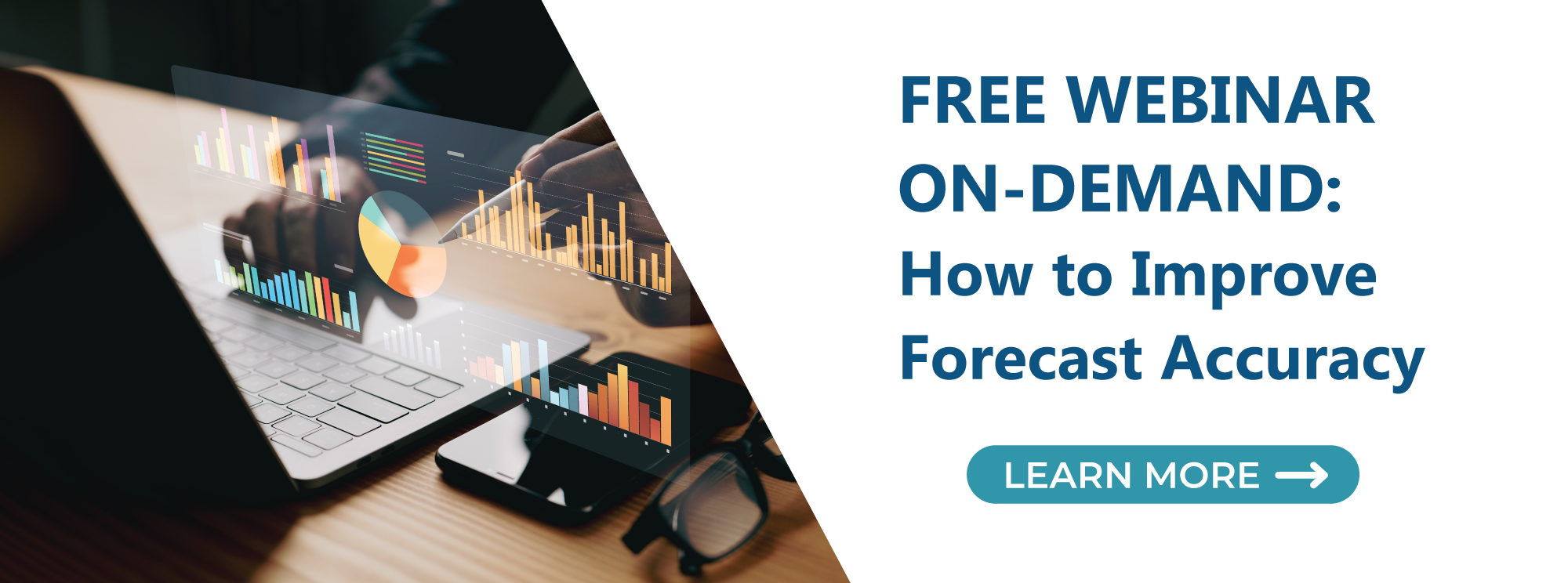An accurate forecast of future sales is probably at the very top of the list of things that help a business plan better for the future. From the supply chain perspective, factors such as demanding customers, long lead times, unpredictable demand fluctuations, tight capacities, the need for expansion, etc. all drive the need for better forecasts. Other departments have their own needs as well.
This need for better forecasting has spurred a significant investment in tools over the last 30+ years. A variety of tools utilizing a combination of different techniques exist today, Arkieva being one of them. Yet, the desire for better forecast accuracy results has not declined. As businesses introduce more products, lengthen their supply chain, and opt for decreasing investments in inventory, the problem has gotten much worse instead of better.
There are plenty of drivers for this. As the tools have advanced with more sophisticated methods and terminologies, it can create a perception that all the uncertainty can be modeled, and a unified model could then create a perfect forecast. The speed of computing, both at the local and the cloud level, enables number crunching at a speed where these types of forecasts can be calculated within seconds or minutes thereby giving us more accurate, if not fully accurate, forecasts.
Most, if not all, companies have ramped up the speed of new product introductions, the desire of customers around the world, as well as the drive to find the lowest cost supplier even at the cost of lengthy lead times and increased uncertainty is out there for all to see. Recent global events like the pandemic and the ongoing geopolitical tensions have not helped. The rise of nationalistic politics and the alignment of regulations with the associated policies has further destabilized the global supply chains and amplified the uncertainties.
So, the need for better forecasting is not going away, the uncertainties are likely going to continue to increase, and there is still no hope for a perfect model. In this scenario, are there some techniques that a business or a demand planner can use to generate more accurate forecast results? Are there any dos and don’ts to follow? How much of that can be codified in a tool; and how much of it is from the human forecaster providing knowledgeable input. If done well, what can we expect as an improvement?
Register now and join us on Wednesday, March 27 as Sujit Singh discusses how to improve forecast accuracy and more.





